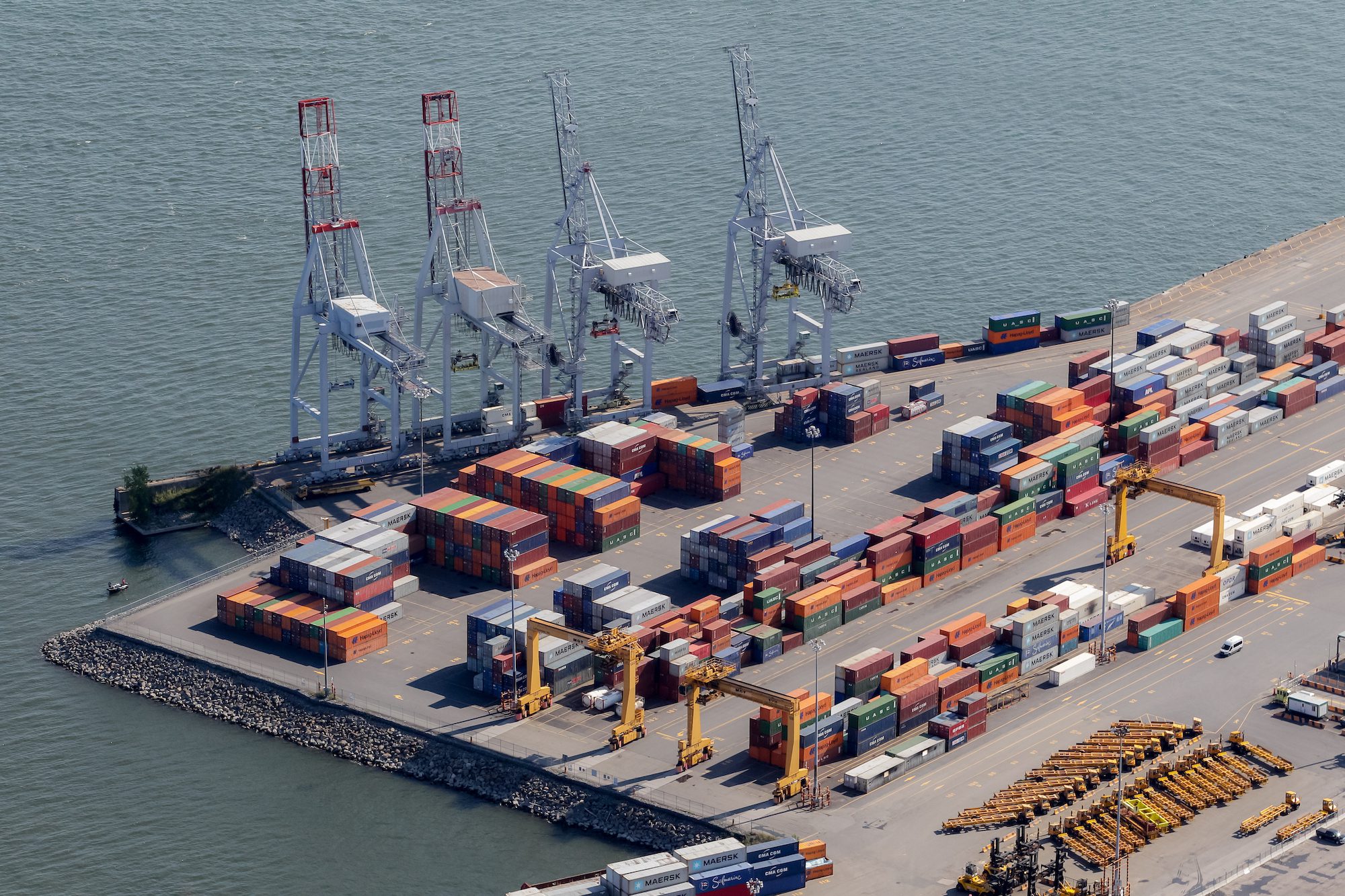Engine Room Fire on Containership Injures Four at Port of Wilmington
Firefighters were called to the Port of Wilmington on Wednesday morning after flames erupted in the engine room of a docked vessel. The emergency call came in at 9:28 a.m....

Stock Photo: PatrickLauzon photographe / Shutterstock.com
The Montreal Port Authority (MPA) and DP World in Canada have formalized their partnership with a Joint Development Agreement for the design of land-based works at the Port of Montreal’s Contrecœur container terminal, establishing DP World as an active terminal operator at the Port of Montreal.
The Contrecœur terminal will become DP World’s sixth port facility in Canada, joining its operations in Fraser Surrey, Nanaimo, Prince Rupert, Saint John, and Vancouver. Globally, DP World operates more than 60 ports and terminals across 64 countries.
Under the agreement, MPA and DP World will finalize the terminal’s design and the terms of the construction and operating contract in the coming months. The project follows a hybrid approach announced in October 2023, with in-water works overseen by the MPA in collaboration with CTCGP (Pomerleau and Aecon), while land works and operations will be managed by DP World for the next 40 years.
The new container terminal, to be located in an industrial zone where the Montreal Port Authority acquired land over 30 years ago, is designed to handle 1.15 million twenty-foot equivalent units (TEUs) annually when fully operational. The Port of Montreal is the 2nd largest container port in Canada after Vancouver, with a little over 2 million TEU capacity currently.
The Port of Montreal’s expansion project timeline includes site preparation beginning in 2025, in-water works starting in 2026, land-based construction commencing in 2027, and full commissioning of the new terminal scheduled for 2030.
“The agreement with DP World here in Canada marks a decisive step in realizing the Port of Montreal expansion project in Contrecœur,” said Julie Gascon, President and CEO of the Montreal Port Authority. “By leveraging innovation, sustainability, and the expertise of a world-class partner, we are strengthening the Port of Montreal’s strategic role as an economic engine for Quebec and Canada”.
Doug Smith, CEO of DP World in Canada, emphasized the project’s economic impact: “The Contrecœur terminal will serve as a true economic engine for Quebec and Eastern Canada—creating thousands of jobs during construction and driving long-term prosperity through expanded trade capacity.”
The project is expected generate approximately 8,000 construction jobs and includes two berths, a container handling area, an intermodal rail yard, and a truck gate connected to the road network.

Sign up for gCaptain’s newsletter and never miss an update

Subscribe to gCaptain Daily and stay informed with the latest global maritime and offshore news
Essential news coupled with the finest maritime content sourced from across the globe.
Sign Up